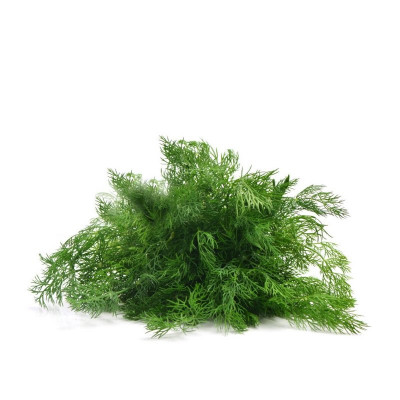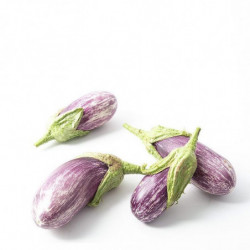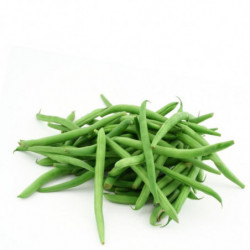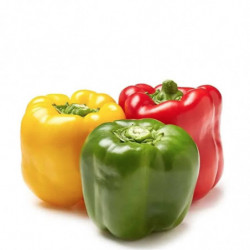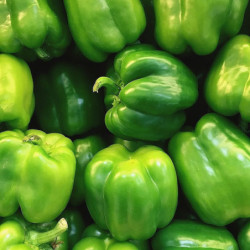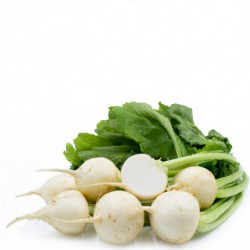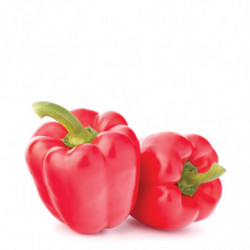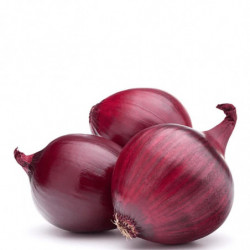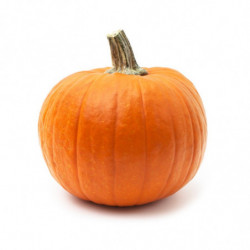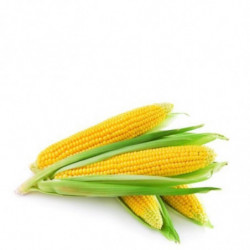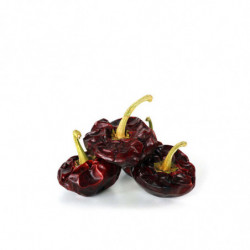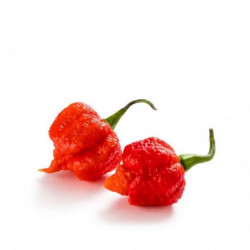Fennel Features: From Botanical to Culinary Perspectives
Fennel is an annual herbaceous plant of the Apiaceae family. It is cultivated worldwide for its leaves, stems, and seeds, which are used as a condiment and food.
Morphological Characteristics
- Leaves: The leaves are pinnate and light green in color.
- Stem: The stem is cylindrical and hollow.
- Flowers: Flowers are small and white or yellow in color.
- Seeds: Seeds are small and brown.
Organoleptic Characteristics
- Taste: Fennel has a sweet, anise-like flavor.
- Aroma: Fennel has an aroma reminiscent of anise.
Nutritional Properties
Fennel is rich in dietary fiber, vitamin C, and potassium. It also contains vitamins A, K, and B6, as well as minerals such as magnesium, calcium, and iron.
Gastronomic Uses
Fennel leaves, stems, and seeds are used in cooking in various ways.
- Leaves: Fresh leaves are used in salads, soups, and stews.
- Stems: They are used fresh or cooked in soups, stews, and salads.
- Seeds: Dry seeds are used as a seasoning in salads, soups, stews, and fish dishes.
Featured Recipes
Here are some highlighted recipes with fennel:
- Fennel Salad: Mix the leaves with other ingredients and dress with olive oil, vinegar, and salt.
- Fennel Soup: Cook the leaves and stems in water or broth, and add other ingredients like potatoes and chorizo.
- Fennel Stew: Sauté the leaves and stems with other ingredients like meat or vegetables.
- Fennel Bread: Add the seeds to the bread dough and bake until golden.
Conclusions
Fennel is a versatile and nutritious plant that can be enjoyed in many different ways. It is a good option to include in a healthy diet.
